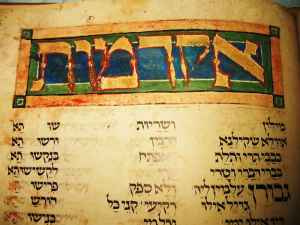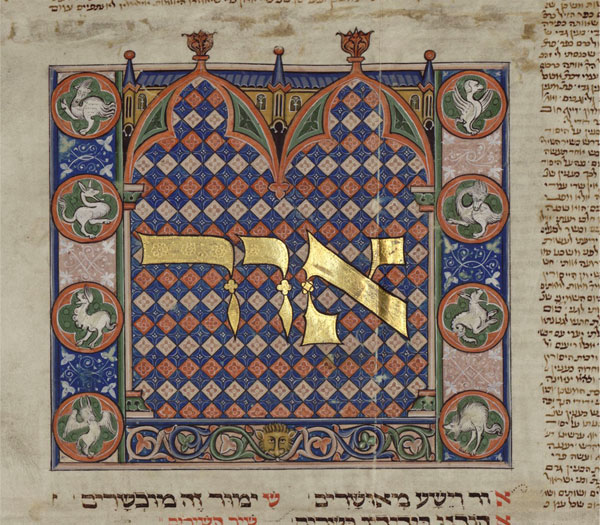I just returned from Monterey California where once again librarians gathered from all over the country to discuss the latest in technology that affects our work and our world.
As in most years, there were a couple of hot topics that seemed to dominate the convention. This year, the topics were e-books and Google (and other search engine issues)
E-books have been a hot topic at the HUC-JIR library too. We’ve been exploring the many challenges of adding e-books to our collection. The number of options is rather mind-boggling. I’m very curious if and how our readers read e-books. Do you read them at the your computer? download to a reader? or a tablet? Buy from a bookstore? Checkout from your public library? Do you read fiction or non-fiction in a e-book? is it a different experience? Enquiring librarians want to know!
But what I really learned the most about is news about Google; some fun, some scary.
Beginning with the fun stuff. Google has a new feature called ngrams. They taken their massive collection of digitized books and indexed many of the words over time. You can map how word usage has changed over time. For example, this graph shows how mentions of Jews, Hebrews, and Israelites have appeared in literature from 1800-2000.
Another interesting feature is public data You can access many different sets of data about population, retail, health, energy, economy, etc. and create charts and graphs to save and export.
Now onto the scary. Big Brother is not only watching you, he is selling data about you to many buyers. Many different companies (including Google and Amazon) track your online activity; what you search, where you click. One way to find out who is tracking you is by looking at www.Ghostery.com The business model for google is that you are the product that they sell to advertisers.
This not only affects the advertising that appears on the sidebars, but your actual search results. Google remembers your search habits and delivers results based on that history. So if you and a dozen of your friends do the exact same search, you will get very different results. And probably, the first 100 or so results will have be sophisticated spam pushed to the top by companies that specialize in SEO (search engine optimization) companies.
Some options for “cleaner” tracking free searching are: DuckDuckgo, Scroogle, or Blekko.
I’m hoping to be able to implement some of the other tips and tricks I learned into the library website.
Sheryl



